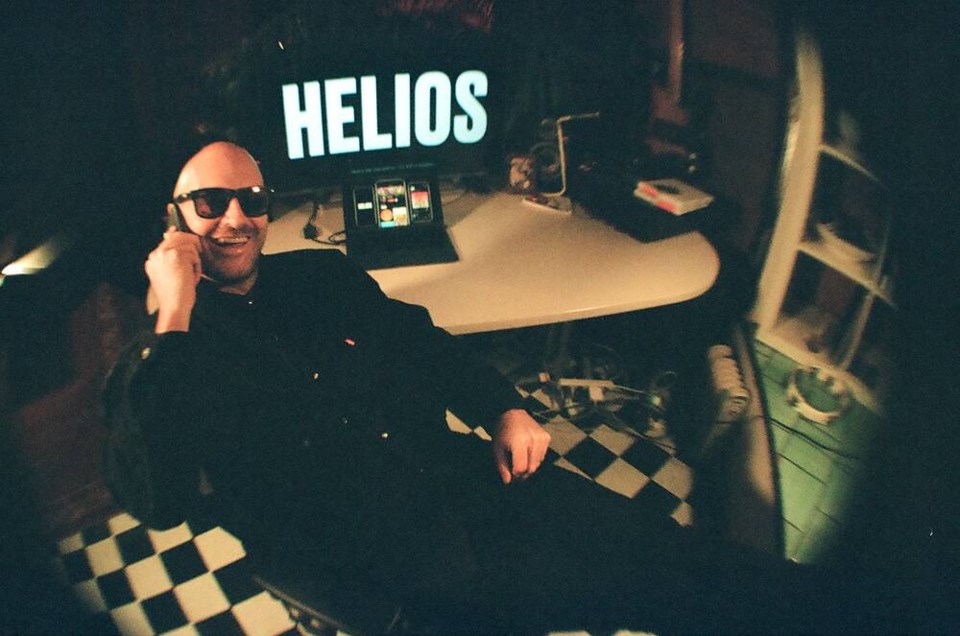A Toronto musician with Delta roots wants to disrupt digital streaming and give indie artists a bigger slice of the pie when their tunes zip around the world on laptops and mobiles.
Ryder Havdale, a graduate of South Delta Secondary, has been making music, recording and managing artists for 20 years and currently tours with the band Broken Social Scene.
Two years ago, he also developed a new app called Helios, which is now ready for a free soft launch of the beta version, today, June 22.
“Essentially, it’s by creators, for creators,” he said.
Currently with music-streaming services, artists get paid about half a cent every time one of their songs is streamed online, with algorithms geared to favour the big artists.
He says that if an individual subscriber is listening to 450 songs a month and artists are paid half a cent every time their song is played, the streaming company is paying out about $2.25 a month in royalties to artists or rights holders. (Havdale said that Spotify claims that users listen to 25 hours of music a month, which works out to 457 songs.)
But what happens to the remainder of the $10 monthly subscription fee most streaming services charge?
One of his more popular tunes, Toyko, hit a million streams in 2020.
“I had to ask, did we get paid for that?”
He checked and found that the artist’s label got $2,000 while he split the other $2,000 between himself and another producer.
But with Havdale’s Helios, for a $10 monthly subscription fee, artists will get 70 per cent of that fee, divided by the number of tunes the subscriber streams in a month. The remainder, 30 per cent of that $10, goes to Helios.
“It’s actually going to those artists you’ve been listening to,” he said.
Helios follows a per-user engagement model. Of the $10 monthly subscription, with Helios taking 30 per cent, the remaining $7 will go to artists, based on the content users engage with. A like, a share, comments, and listens all will bring in revenue.
Helios offers a “fremium” package where subscriptions are free but there are advertisements. Another package costs $10 a month.
“Essentially, we’re bringing social into music. It’s like an Instagram feed,” he said.
Artists can connect directly with their fans and they can see what they’re making on their phones.
“We’ve built a social-music streaming platform to compete against Spotify and Instagram, really,” Havdale said. “Basically, we’re creating tools for users at a space where they can get paid on their phone, on the app, with full transparency and get paid fairly.”
For the next few months, the platform will be free so that people can onboard albums. A non-fungible token feature will allow users to mint NFTs and sell them from the app.



